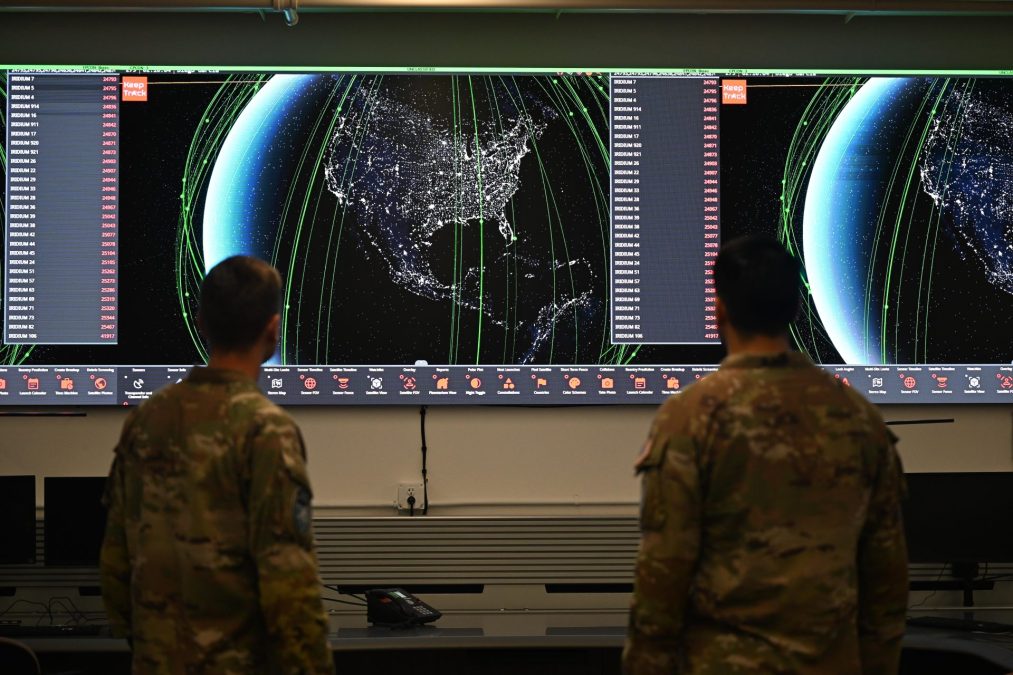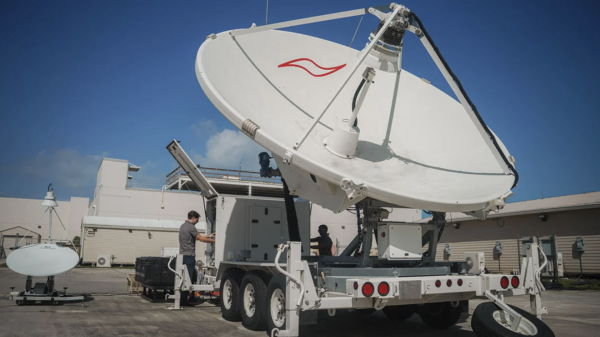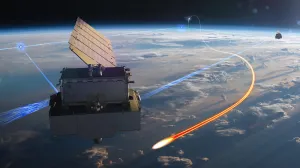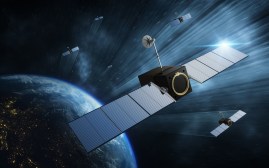Space Force on track to deliver modernized space monitoring software in 2025

COLORADO SPRINGS, Colo. — Following years of delays and technical challenges, the Space Force is confident its Advanced Tracking and Launch Analysis System (ATLAS) will reach initial operational capability before the end of 2025.
Under development by L3Harris, ATLAS is the Pentagon’s latest attempt to modernize antiquated systems used by the Space Force to track satellites, spacecraft and other objects on orbit. The software-based platform is the foundation for a broader effort to replace the 1980s-era Space Defense Operations Center (SPADOC) computer system.
“ATLAS is going very well, we expect to go into operational acceptance testing this year,” Lt. Gen. Philip Garrant, head of Space Systems Command (SSC), told reporters last week during a media roundtable at the annual Space Symposium.
ATLAS is designed to integrate and disseminate a range of data types — including space domain awareness, command and control, and intelligence — with the help of automation capabilities to give operators a complete picture of the space domain. The system is one piece of the service’s Space Command and Control initiative, started after the previous SPADOC replacement known as the Joint Space Operations Center Mission System (JMS) was terminated in 2018 due to poor performance.
Although it’s now on track, ATLAS was considered one of the service’s most beleaguered programs by former space acquisition lead Frank Calvelli. The Space Force initially wanted the system operational by 2022, but software integration challenges and lack of trained operators have plagued ATLAS during its development, forcing the service to delay decommissioning of SPADOC.
Furthermore, the program has notched multiple Category 1 deficiencies — designated for problems that could cause serious harm or damage — as well as less severe Category 2 deficiencies.
To tackle some of ATLAS’s key challenges, Calvelli last year directed that the program be moved from SSC — the service’s acquisition arm — to Mission Delta 2-Space Domain Awareness. The organization is one of the newest integrated mission deltas under Space Operations Command (SpOC) and brings the mission area’s personnel, training elements and acquisition professionals for maintenance and sustainment under one commander.
Garrant commended the decision, as it allowed guardians to better understand the complexities of the system and put urgency on developers to deliver capabilities on time.
“The connective tissue with the operators and getting them early time on the system, and even closer connections at low echelons of command between the developer and the operator — that’s probably the biggest success we’ve seen in all of our mission deltas and all of our sustainment squadrons,” he said. “It’s been incredibly successful, I think you’re going to see more of that.”
The new approach was also key for L3Harris in its work to get ATLAS across the finish line, because the company is now working closely with operators to test and integrate capabilities through an agile development cycle, Charles Clarkson, vice president and general manager for the company’s space superiority and imaging division, told DefenseScoop.
To prepare for IOC this year, SpOC is conducting quarterly capability integration tests (SCITs) where test squadrons, space operators and L3Harris work together to analyze ATLAS and deliver additional capability. The service recently completed its tenth SCIT in March.
“We test it in a development environment, and then we also test it in an operational environment, with the operators then being able to provide that real-time feedback to the software development team,” Clarkson said in an interview on the sidelines of Space Symposium. “It’s all about creating closeness to the mission, and then being able to incorporate those requirements to keep pace with the threat.”
L3Harris received a $53 million indefinite-delivery, indefinite-quantity (IDIQ) contract to develop ATLAS in 2018. Since then, the company has received multiple extension awards from the Space Force for the program — including a $90 million follow-on contract in January to “meet ATLAS initial operational capability and achieve software stability,” according to the Defense Department.
The contract extension will also give L3Harris the opportunity to improve ATLAS with additional tools and technologies, Clarkson added.
“It’s also looking at then, how do we build on [and] augment capability on top of that foundational layer that was primarily giving operators and warfighters a modern toolset, and just scaling so that we could keep pace with the exponential launches in space,” he said.
Clarkson emphasized that even with the delays, L3Harris did not have to pare back any of the capabilities for ATLAS. The company is also resolving the remaining deficiencies identified during SCITs, he said. An SSC spokesperson confirmed to DefenseScoop that all of the program’s Category 1 deficiencies will be resolved “prior to trial period entry.”
“I don’t look at it and say, ‘Hey, we had a dozen, two dozen, three dozen [Category 1 deficiencies] coming out of a SCIT,’ as a negative thing. What that really means is we’ve actually seen an increase in recent SCITS, and that’s really driven by the fact that it’s becoming very, very real,” Clarkson said. “That’s exactly what we want to see in agile software development, is you identify those deficiencies and you burn them down over the next sprint.”






